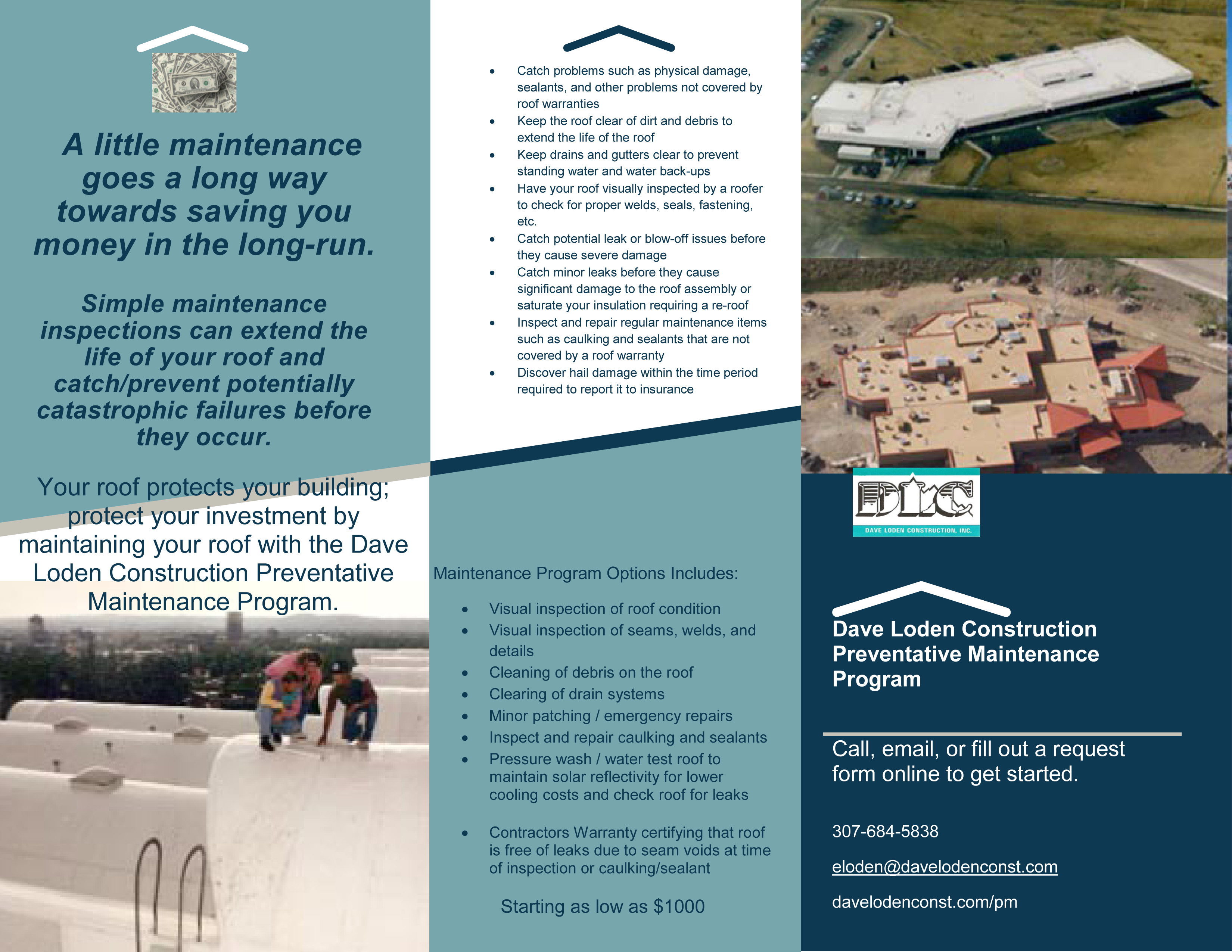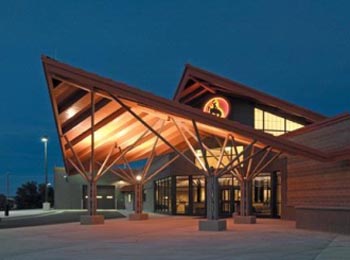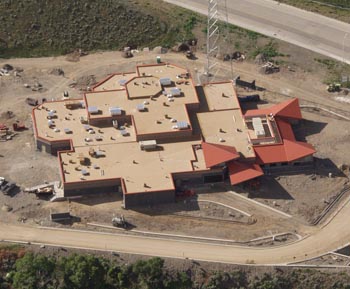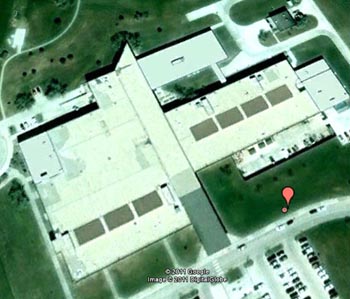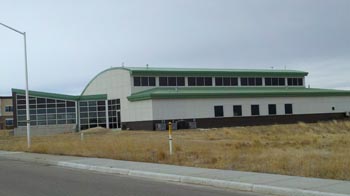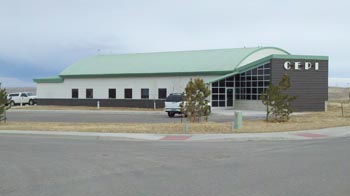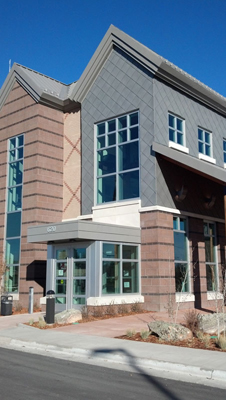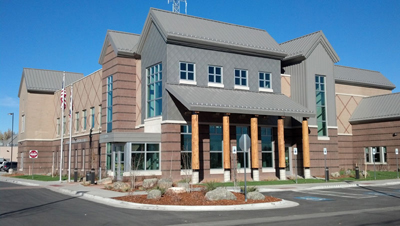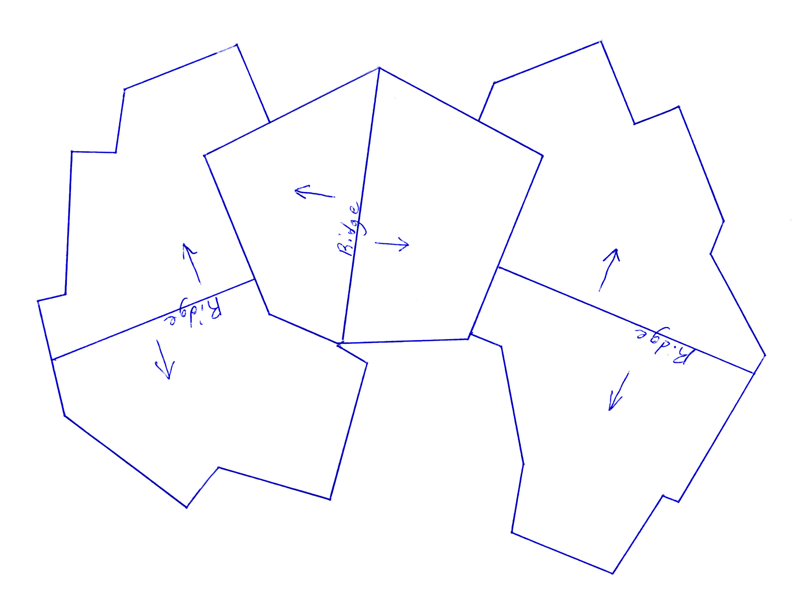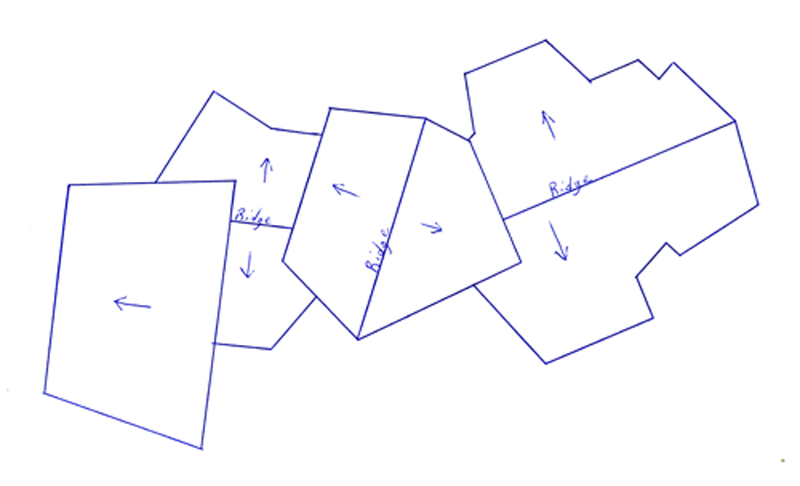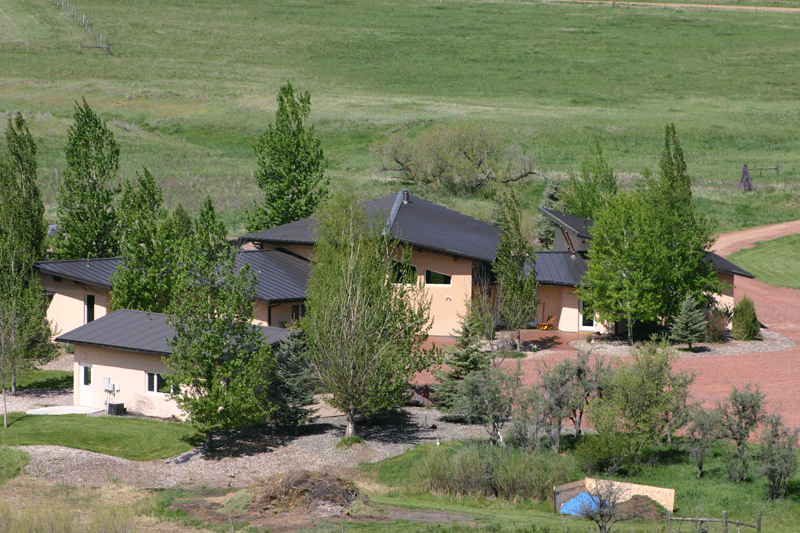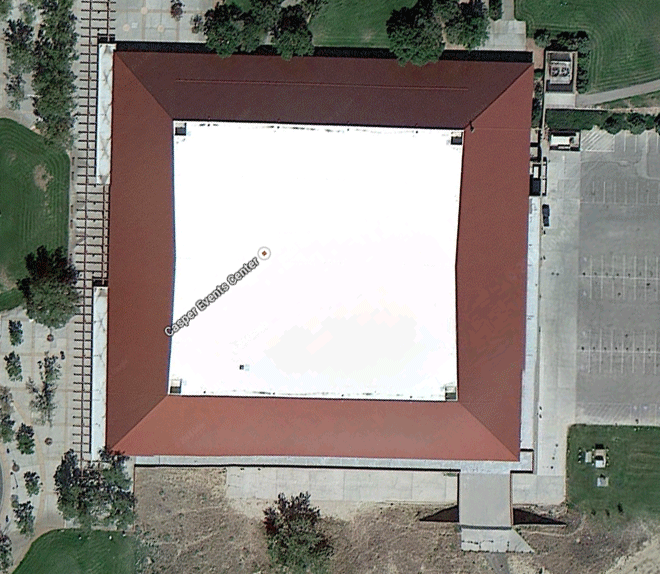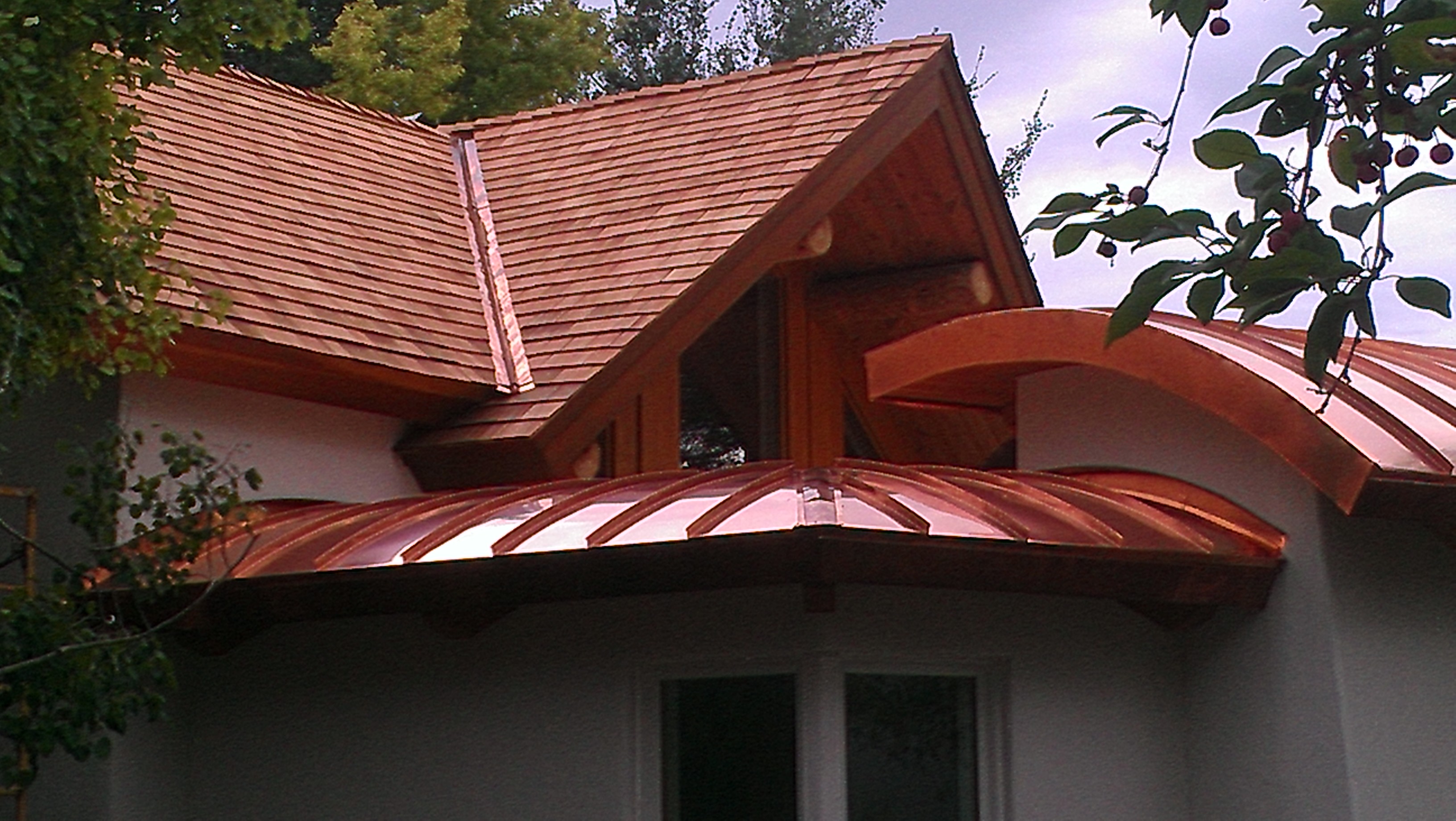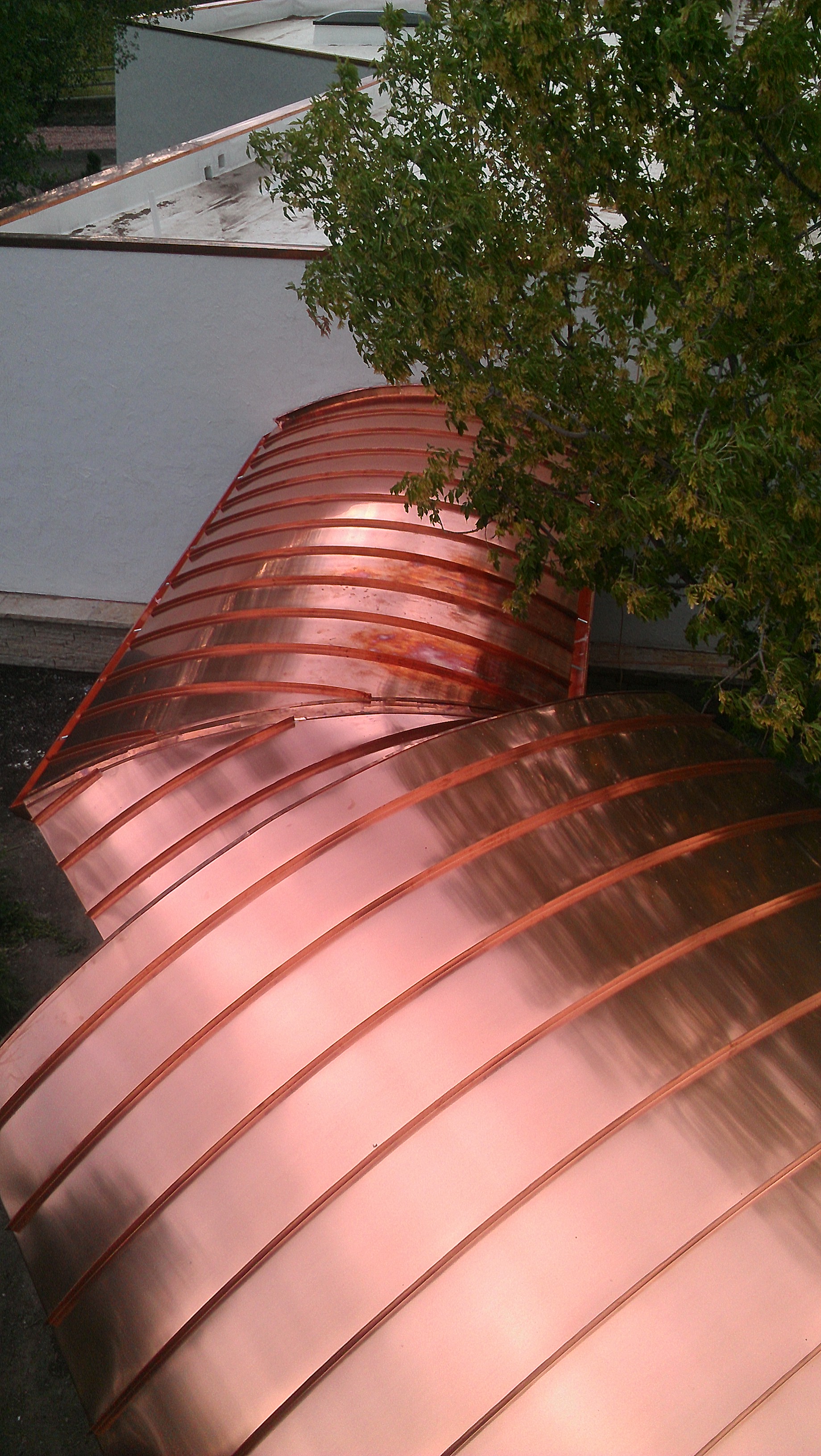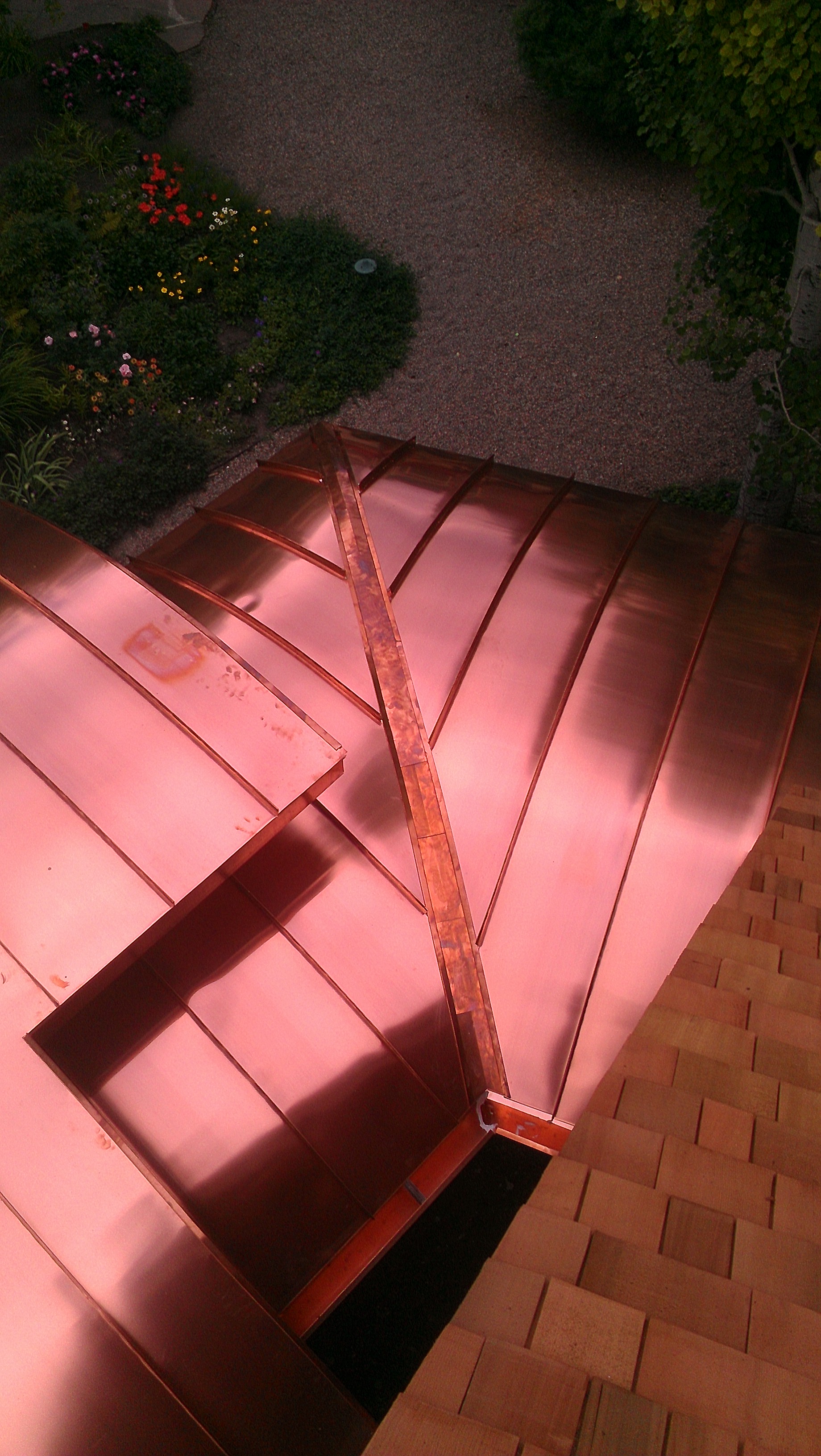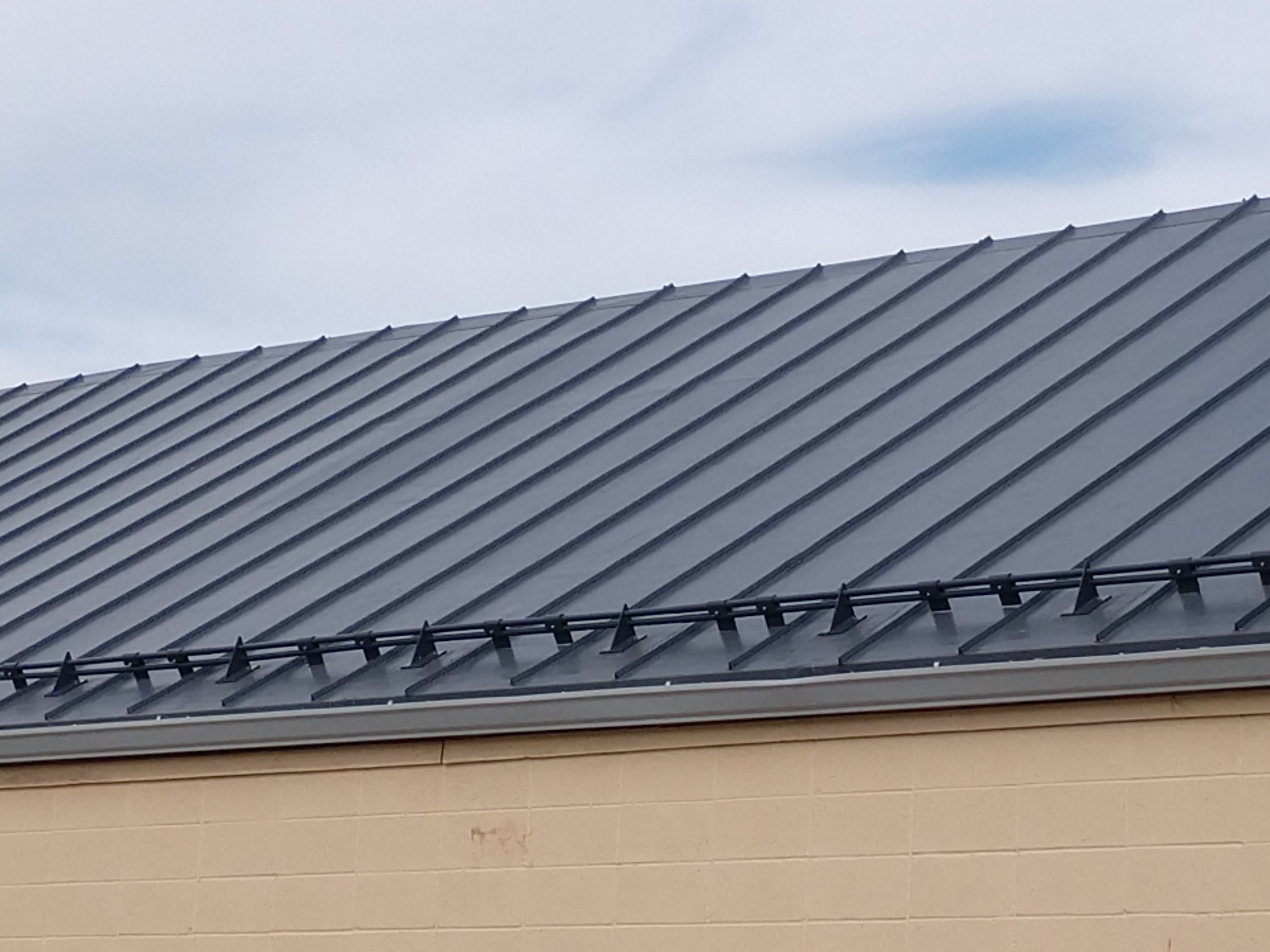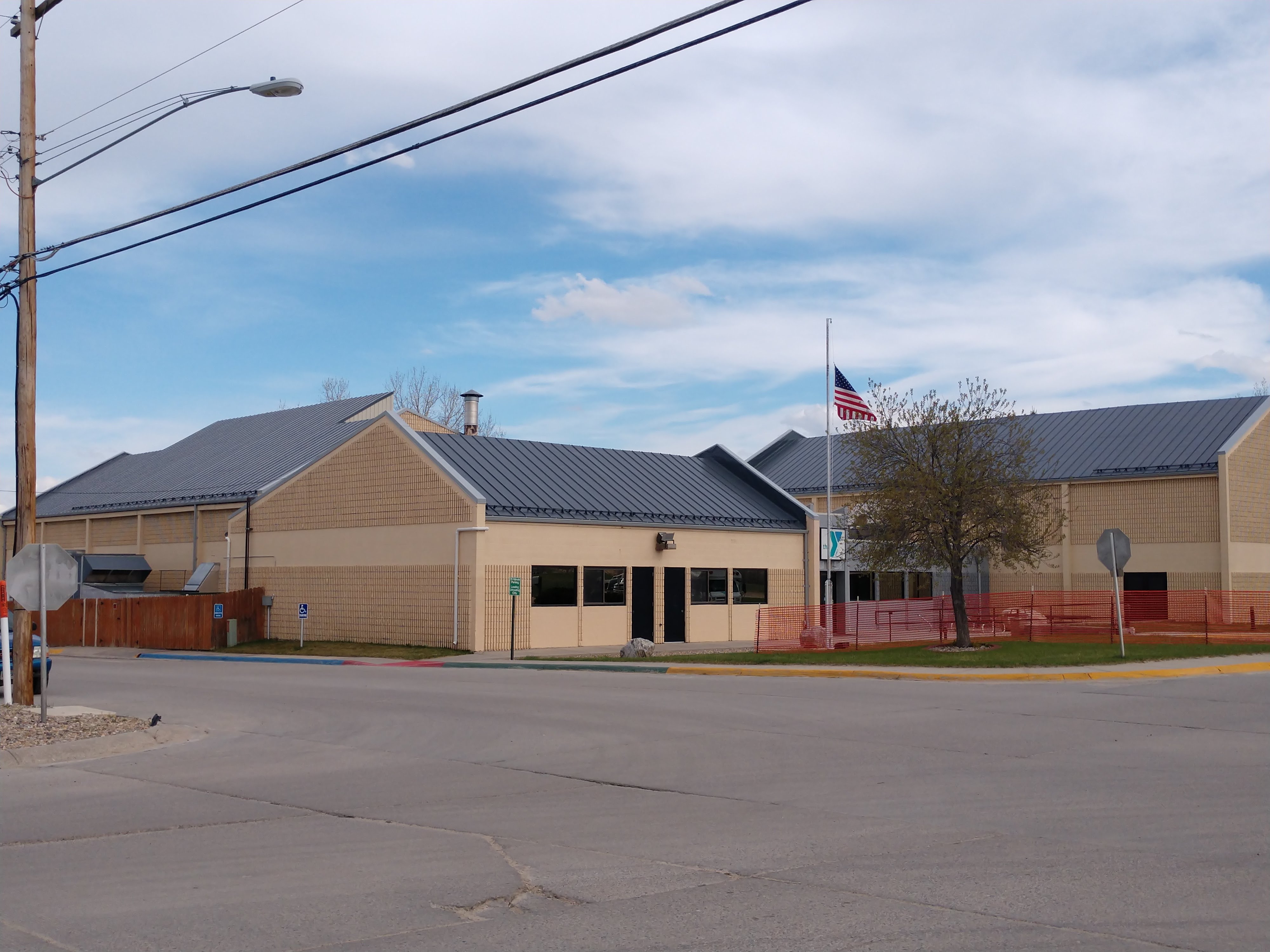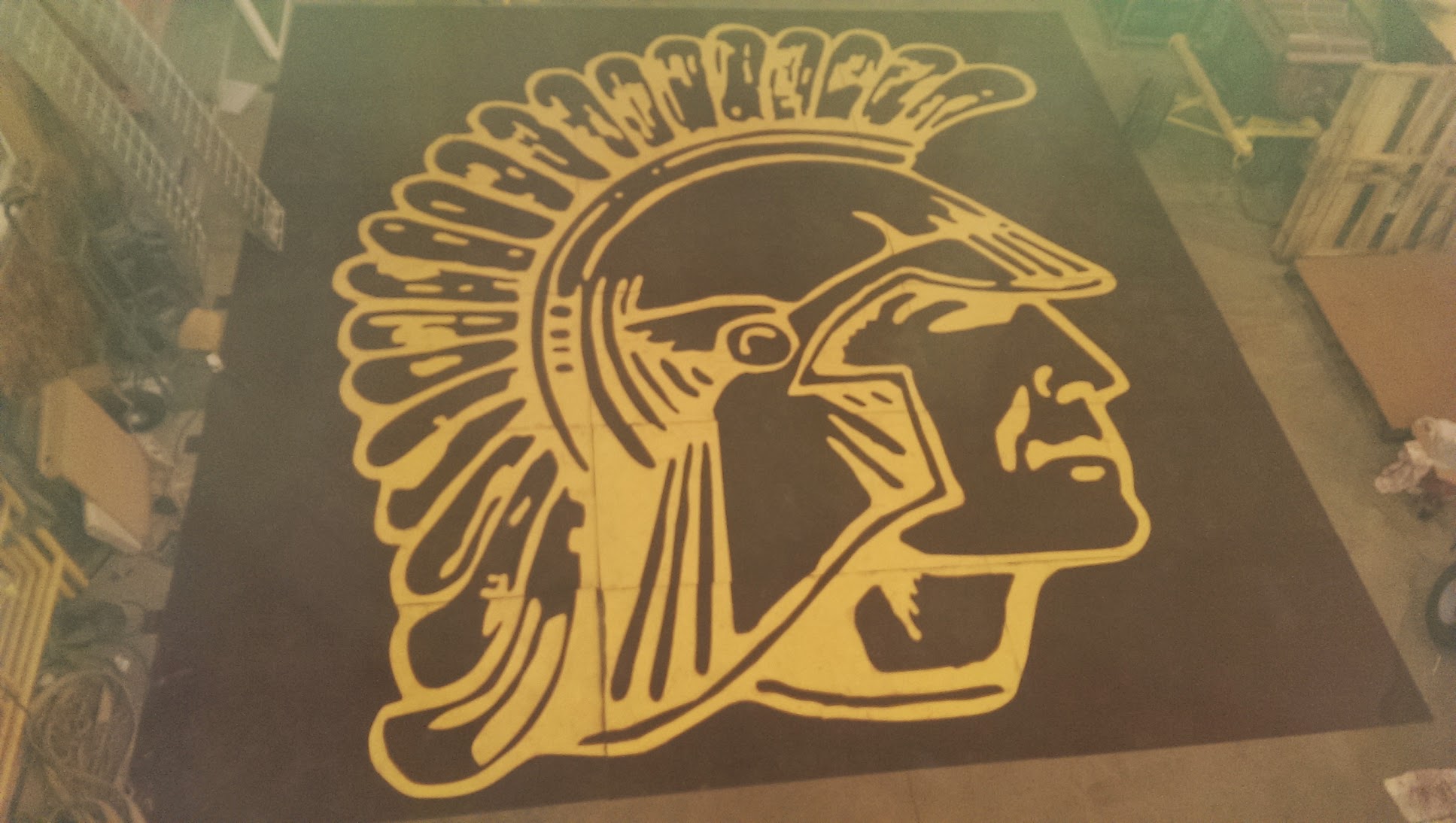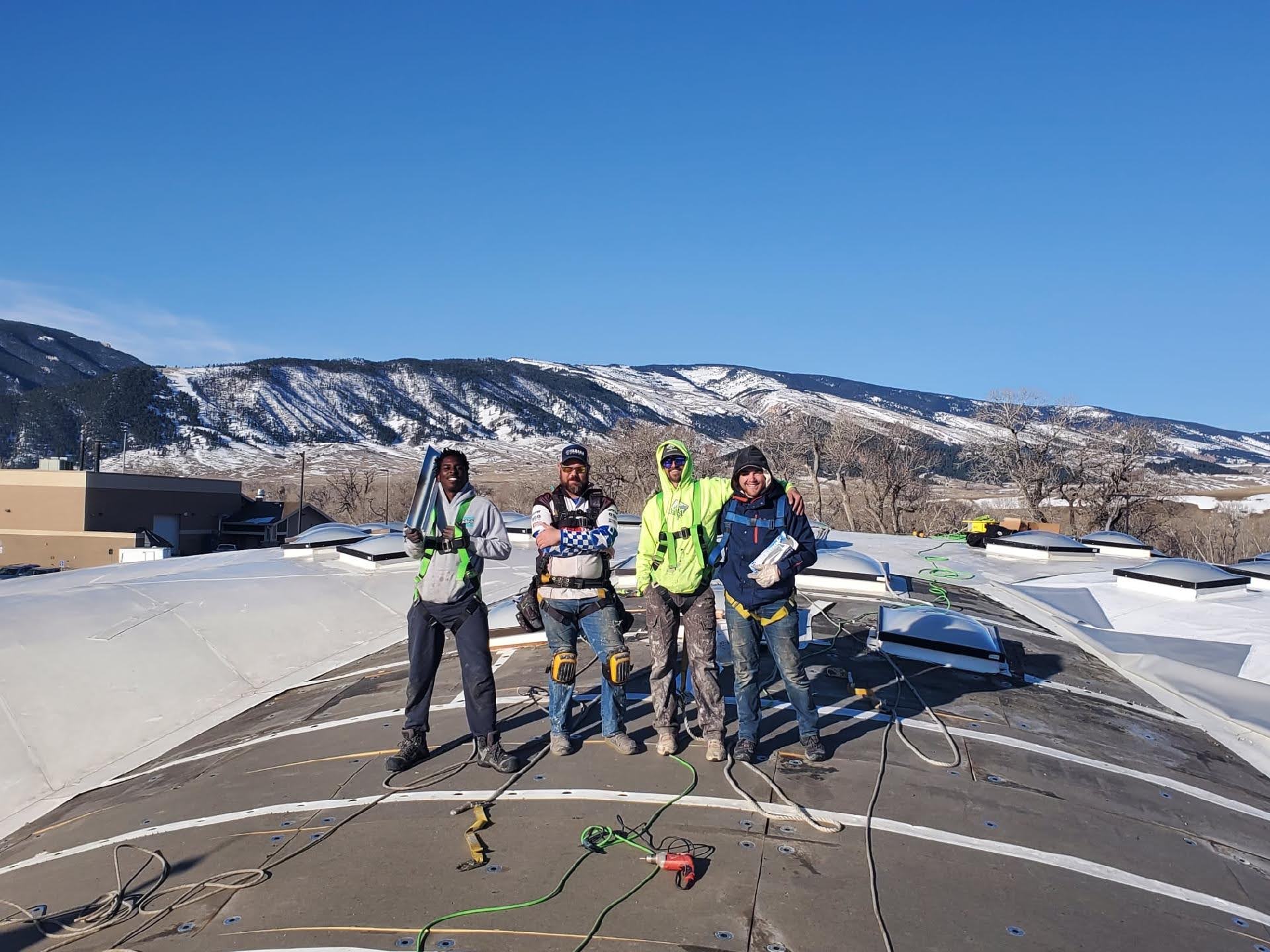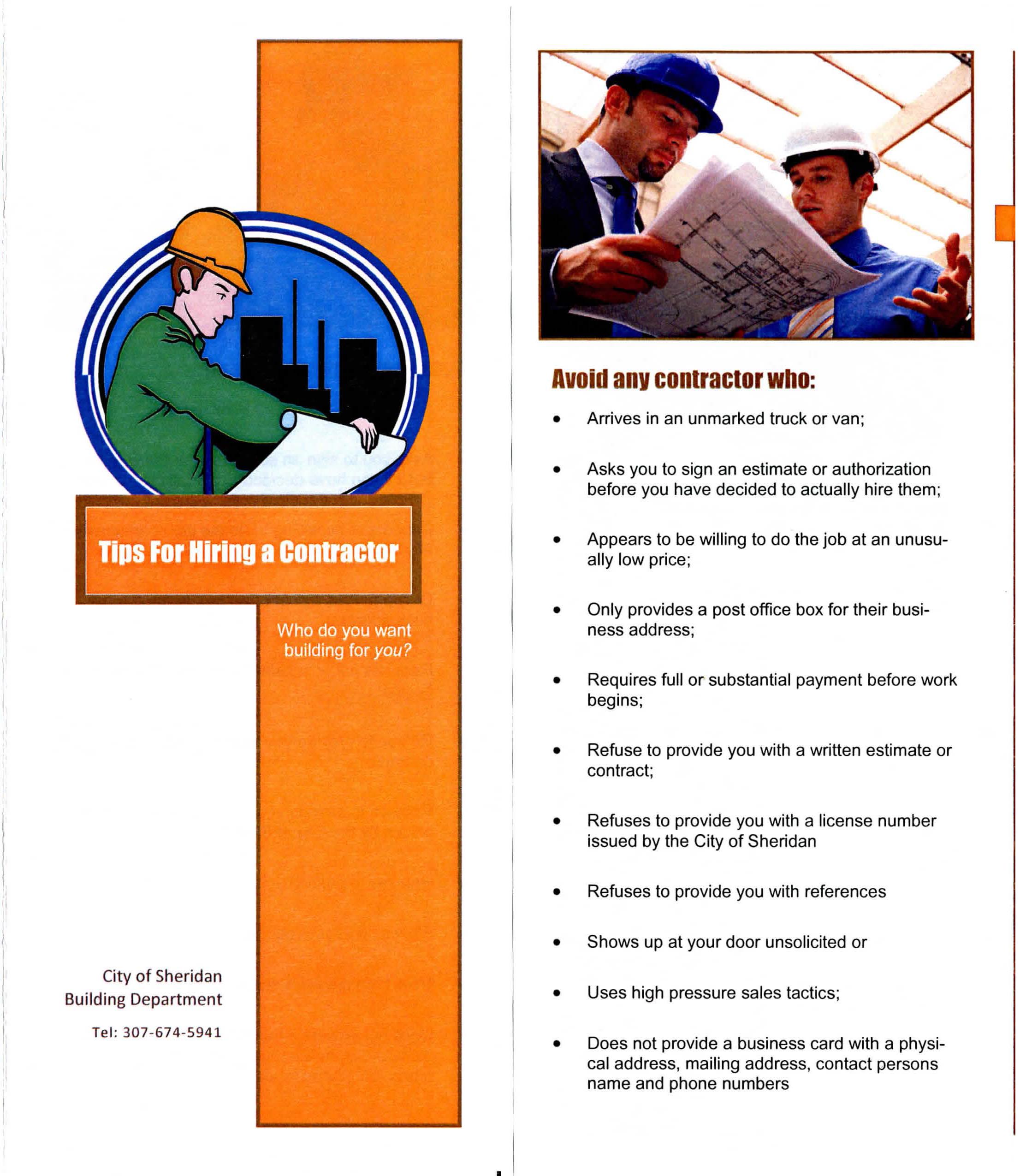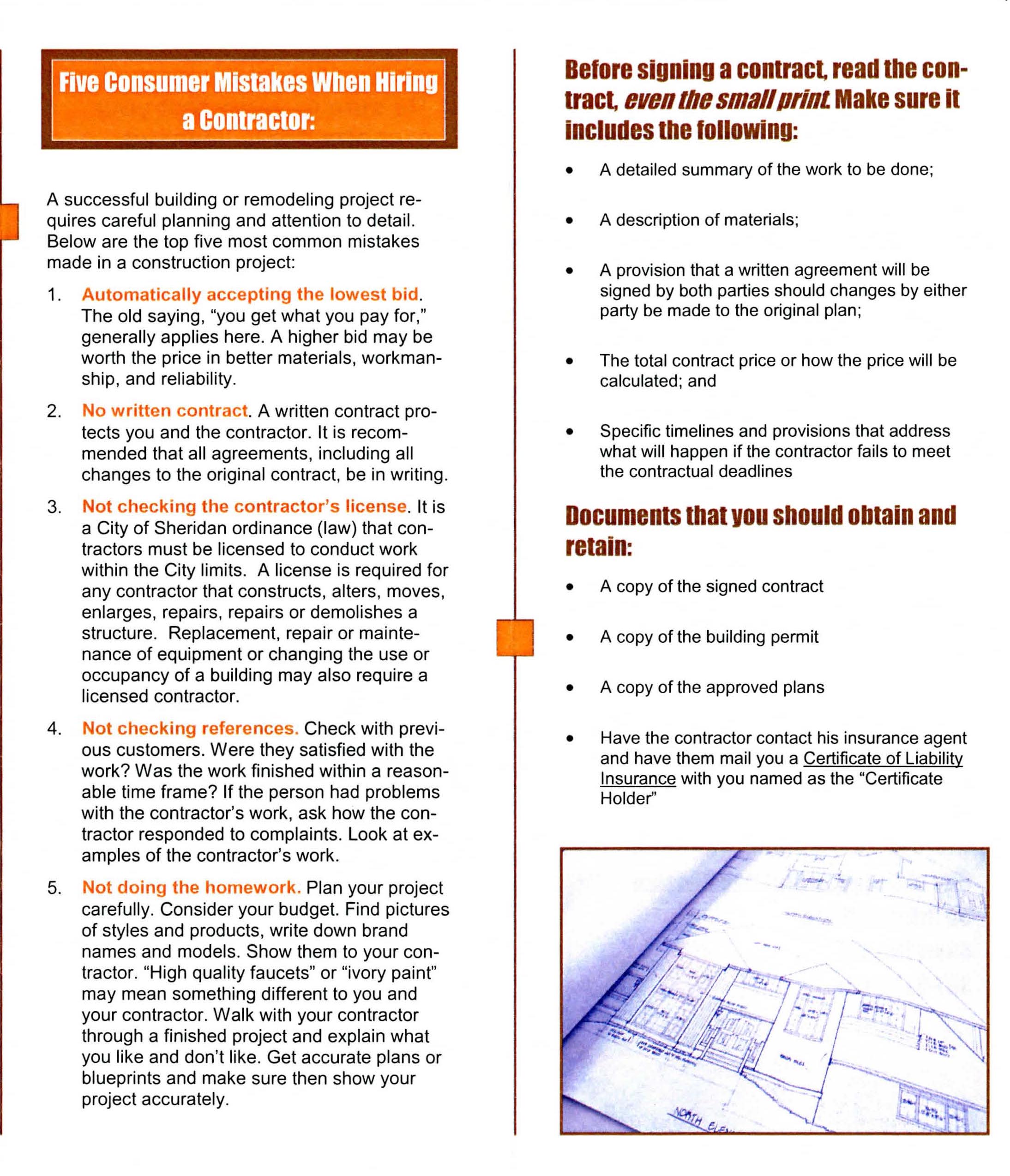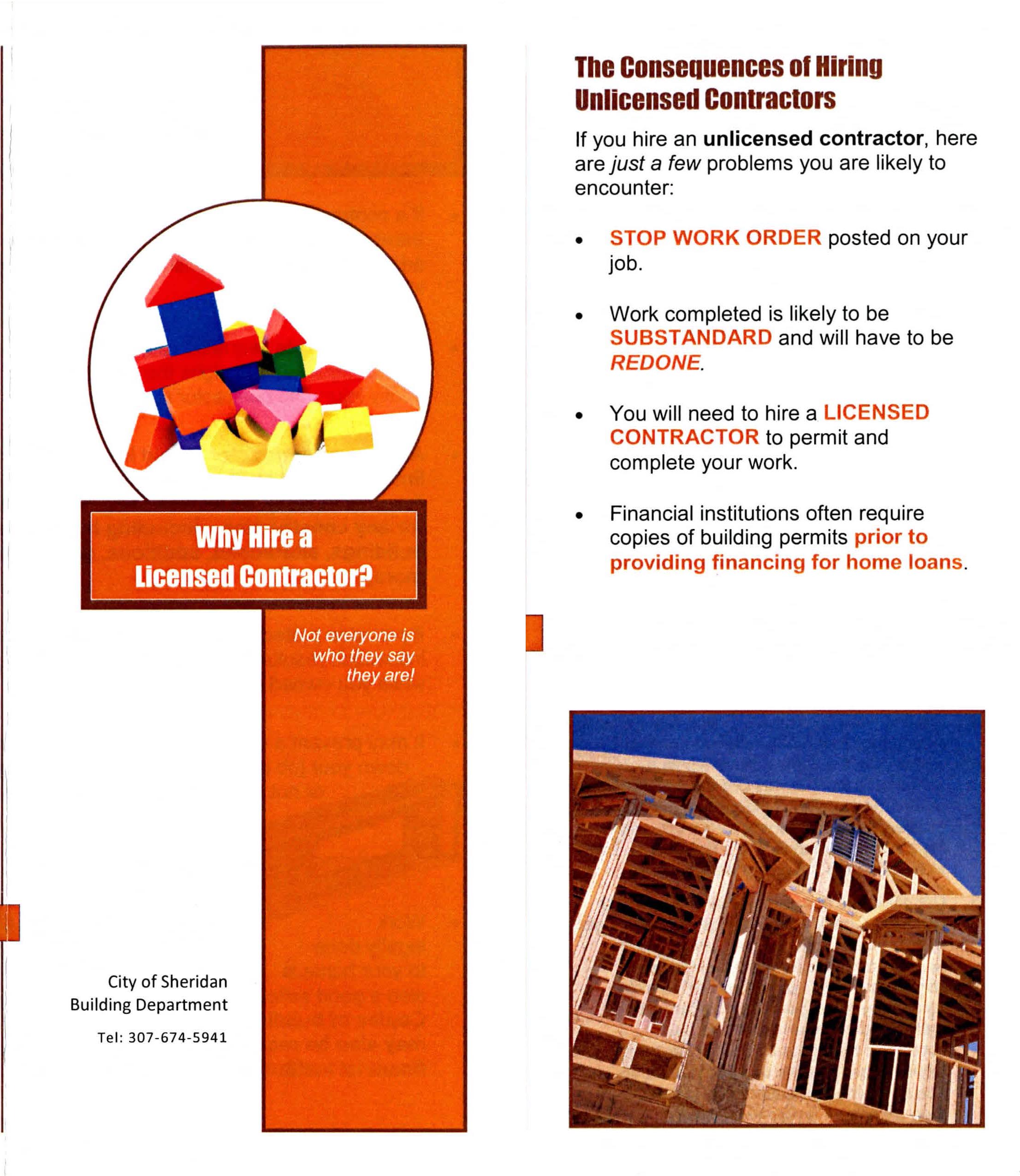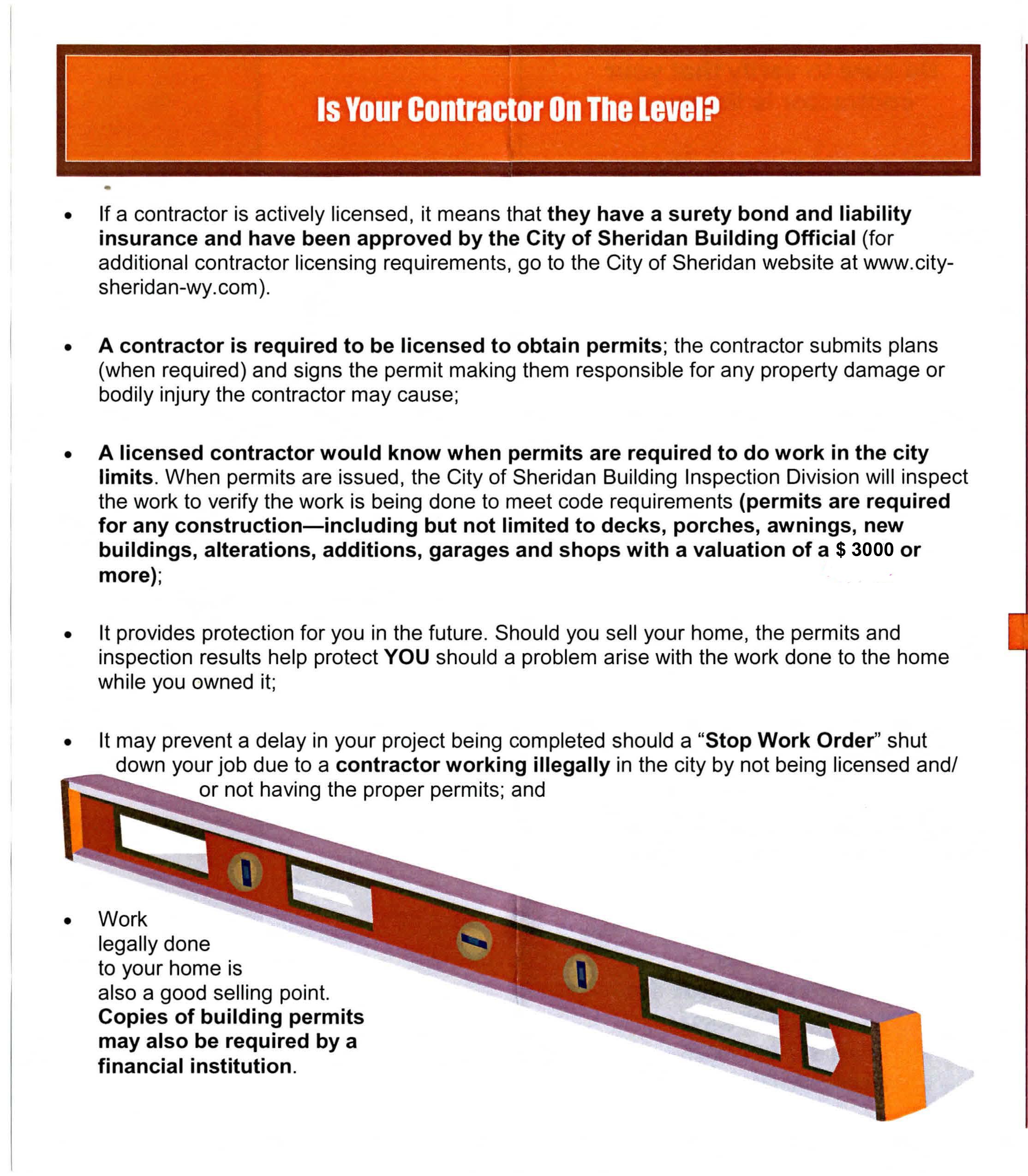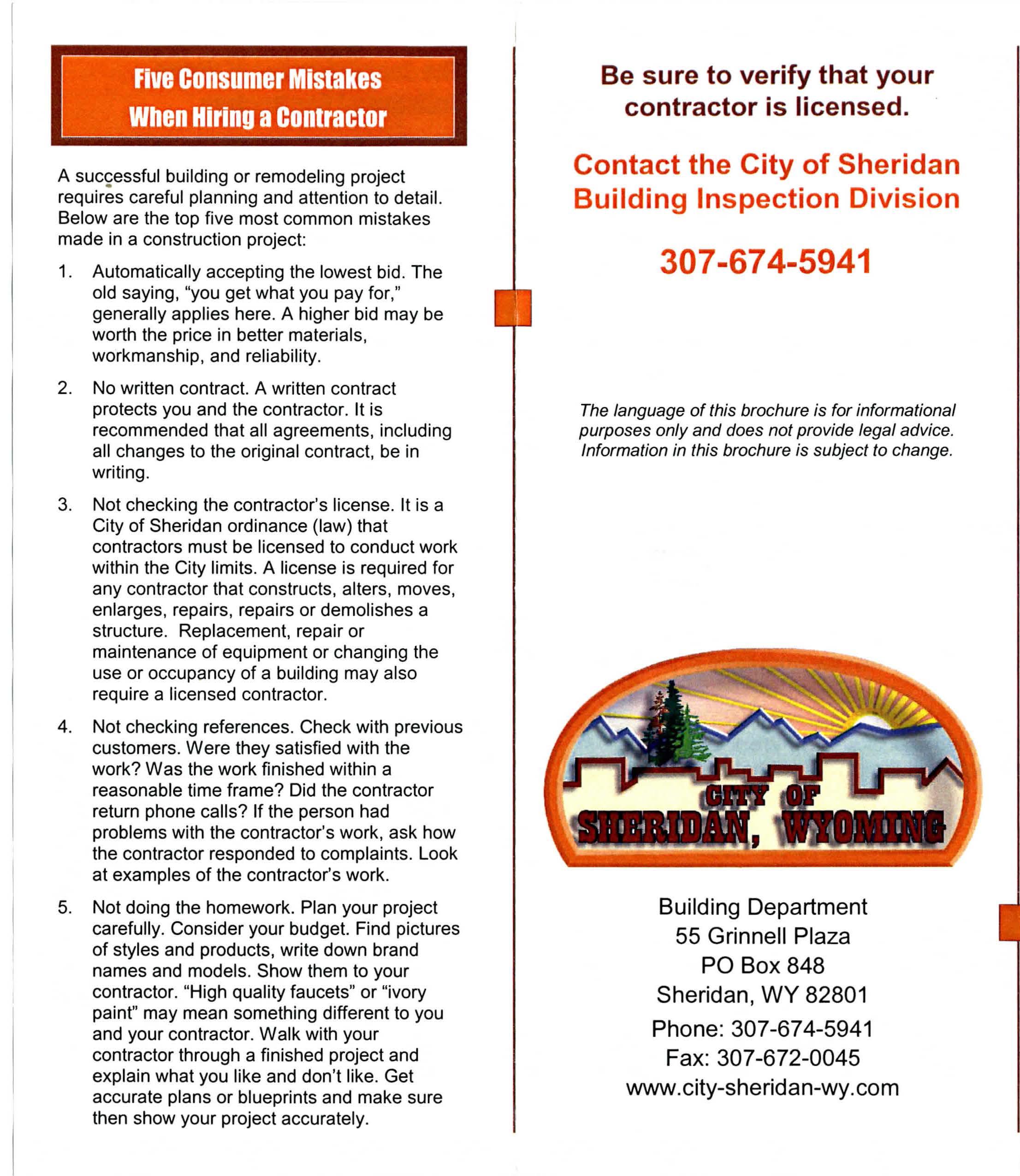Purpose
Taking bids
Roofing Warranties
Life cycle comparison
Professional design or not
Bonding
Payrolls
Insurance
Lien waivers
Contract
Payment
Closing
Continuing education (yours and mine)
Purpose
The purpose of this blog is to provide food for thought. It is a compilation of some of my thoughts and opinions about procuring roofing services. These thoughts and opinions may be helpful in making decisions for your next roofing project. It is not intended to be taken as legal or design advice. This is little more than my soapbox to air my opinions about the issues I see in the roofing market today. My idea is that these thoughts and opinions may help create good business, good business is just that, good for the consumer and good for the contractor. Win / win scenarios are always best!!!
Taking bids
Although this topic deserves an entire book itself, I will concentrate on two basic concepts design build and specification.
The specification is where the consumer knows what he wants, tells all the contractors to bid on the same scope of work. The decision is then largely made by who is low bid. This is a good and traditional method of bidding, it works best if the scope of work is well defined and the contractors are told to stick to it. If the consumer allows the contractors to stray from the scope the bids become very difficult to assess.
The design build method works well when the consumer does not know what they want. The consumer shows the contractors what they need to accomplish and allows the contractors to design the project and provide solution and a price for it. With this method the main deciding factor may be the design not the price.
Estimates as a rule are not good decision making information. They are after all nothing but a guess and a good way to insure escalating construction cost.
If you need to know the approximate cost of a project for planning purposes ask for a budgeting estimate from a reputable contractor. He can fine tune his bid later and submit it with the other contractors.
Roofing Warranties
There are basically two types, a manufacturer’s and an applicator’s. The Manufacturer’s warranty is issued by the manufacturer of the primary roofing product and the applicator’s is issued by the roofing contractor.
If a consumer accepts an applicators warranty, make sure it is in writing and has your name and building location on it. This warranty will be from the contractor to the consumer and will represent what they will do to keep the consumer happy in the event of a failure of some sort. Typically if they go out of business the warranty goes with them. It is of my opinion that a reroof represents too large of an investment to trust that a contractor will still be around when there is trouble or trust that they can afford to replace the roof if it fails. Even if they are around and even if they can afford to replace the roof, the question remains, will they fix/replace the roof when it fails? There is however a time and a place for this type of a warranty such as when putting a commercial product on a residence. In this case the manufacturer may not issue a warranty. Also some roofing product warranties do not include workmanship. In this case a consumer should ask for a written applicators warranty to cover the workmanship. If things go bad and even to court this document may help the consumer prevail.
Typically the manufacturer’s warranty is only available to licensed installers. It requires a pre-job approval where the licensed installer tells the manufacturer how they intend to install the roof. They will then review the plan and make any necessary corrections and issue a job approval describing the assembly and the warranty. This job approval document is typically meant to be internal between the manufacturer and the contractor. A consumer may want to ask to see this document prior to job start to insure the warranty that has been promised can in fact be delivered. After the installation is complete the manufacturer will send out an inspector to inspect the installation to insure is has been installed correctly. If there are any deficiencies found a punch list will be issued and the contractor will have to make the corrections. A typical full system warranty will cover both materials and workmanship. There are several variables you will want to watch for. The list of exclusions should be compared to other warranties. For example some manufacturers exclude ponding water and some don’t and the list goes on. In addition to the exclusions a consumer should note the wind speed coverage and insure it is appropriate for your location. Most warranties are limited in liability to the original purchase price of the roof and some aren’t. The term of the warranty can also vary from ten years to thirty years and maybe more. Most of these issues are options and a consumer can set them for their individual situation. Consumers should insist they receive a written warranty with your name and building location on it. This easily lags and is sometimes forgotten, I recommend keeping a retainage from the final payment until it is received.
Most roofing projects are costly enough to justify a manufacturer’s warranty. The process of approval and inspection insures the contractor does not take shortcuts that may be detrimental to the roof systems performance. These warranties are typically from 10 to 22 cents per square foot with a 10,000 square foot, or more minimum charge regardless of how small. If a bidder is offering an applicator warranty you may inquire how much it would cost to upgrade to a manufacturer’s warranty. If they resist the idea they may not be an approved or licensed applicator. If they claim the cost of the warranty is high it may be because they would then not be able to take the shortcuts they may have been planning on to be more competitive. This will often time explain the gap from one bidder to the next and often times the higher bid is the better choice.
Life cycle comparison
Simply stated a life cycle cost is the price of the roof divided by the projected serviceable life in years plus any annual maintenance costs. In theory this will give a consumer the cost per year of keeping a building in the dry. This is a very good method to compare the differing prices of the good better and best qualities of differing products. The problem with this method is getting a factual projected life expectancy of a proposed roof. The length of the warranty can have very little to do with its serviceable life span and should not be used. Information contained in a sales pitch is also not a good source of information. Local verifiable references of old roofs of the same brand and similar assemblies in your location is a good indicator but requires a little research. This comparison method will demonstrate the long term value of a top quality roof.
Professional design or not
Roofs can be very technical and complicated. To tear off or not to tear off. To ventilate or not to ventilate and if so where and how much. R-values, dead air spaces and dew points. Material compatibilities. Dead loads, snow loads and live loads. Sorting out differing bids compiled without a specification. The list goes on and on. I have seen many roofs fail prematurely because the purchaser was not well informed/educated about roofs. If professional design prevents premature failure it is smart money well spent. This is not to say that consumers cannot be successful buying roofs but if a project is technical at all or roofing is foreign to you, consideration may be given to using an architect. Another point not to be missed is that they have worked with most roofers and they know who to get and who to avoid. This information also allows them to foster good competition and may even save more than they cost.
Bonding
There are basically two bonding scenarios, license bonding and performance/ payment bonds.
The license bond is required by most licensing authorities. This bond is payable to the licensing authority only. It will cover damages to the City/County when the contractor causes damage to them and usually they have to do so while breaking a law or ordinance. A good example would be a contractor crossing a city street that has a weight limit by ordinance with a large bulldozer. Damage may be done to the street while breaking the weight ordinance and if the contractor refused to fix it the city may collect on the bond. This bond does not provide protection for the consumer.
A performance or payment bond is a guarantee by a bonding company that the contractor will perform the contract and pay all associated bills. These bonds are issued on a job by job basis and made out to and is in the possession of the consumer. This type of bond is required by law on sizable public money projects. If the contractor does not complete the contract or pay the associated bills the bond can be collected on by the consumer. The higher the contractors bonding limit and the lower their bonding cost are both good indicators of a contractors experience and financial stability.
The issue here is confusing the two. Some contractors advertise “licensed, bonded and insured” If this is referring to the license bond, and it typically is, I feel this is deceptive. This gives the consumer a level of confidence about the bonding when it truly doesn’t help them at all. I am not saying that I feel all private jobs need to be bonded, but doing business with a contractor that does have this ability should give a consumer a level of confidence that does mean something.
Payrolls
Wyoming State law and Federal law require employers to withhold taxes such as withholding and social security and pay for unemployment and workers’ compensation insurances coverage among other things. You can imagine this is a large expense and that contractors not paying this are more competitive. People tempted to take the savings offered by contractors running illegal payrolls should consider the flip side of the coin. When an employee gets hurt under such conditions the courts can (and do) determine that the employee was working for the homeowner leaving them responsible for medical bills and/or disabilities. Consumers should request a certificate of good standing for workers’ comp and unemployment. For contractors with accounts in good standing this is simple, free and provides a good piece of mind. This is not only smart business but it is normal business, if your contractor resists this you may consider it a red flag.
Insurance
There is nothing simple about insurance but simply stated it is a no-brainer to do business with a contractor that has a liability policy covering your project. The issue here is knowing that a policy is in effect. This is done by asking for a certificate of insurance. For contractors with a policy in effect this is again simple, free and provides a good piece of mind. This is not only smart business but it is normal business, if your contractor resists this you may consider it a red flag.
Lien waivers
If a contractor does not pay his supplier for the materials or his employees for their labor on your project, the suppliers and/or employees can collect the money from the homeowner. It sometimes does not matter that the contractor was paid in full including the materials and labor, it is possible that you will have to pay twice, IT HAPPENS. A consumer might want to consider asking their contractor for lien waivers. Done properly this will protect them. Consider getting a lien waiver for each material or progress payment. Consider getting the waiver for the last payment before you make the next payment. This will insure the contractor is paying his bills as he progresses on the project. Consider keeping a retainage from the last payment until the last waiver is received. This is not only smart business but it is normal business, if your contractor resists this you may consider it a red flag.
Contract
A contract is simply a rule book, the consumer and the contractor needs one. Most consumers feel a contract protects them from dishonest contractors and that they don’t need one if they trust who they are working with. This is not the case, most contractual disputes are from miscommunications not crooks. I am sure we have all had a miscommunication with a child, spouse or boss. They are easy to have and can have serious consequences, a contractor is no different. Certainly a construction contract should identify the parties involved, contain a scope of work, identify a method of tracking changes to the work and a payment process.
Identifying the parties seems simple enough, but even this can have a glitch. Prior to a dispute both parties need to know who exactly is responsible and whether they are acting as an individual or an entity. No matter which party prevails a contractual dispute, it may be difficult to get assets out of an empty LLC, it is best to know this upfront. It also may be surprising how often the parties may mysteriously change as things start going bad, this cannot happen if it is written down.
A scope of work is the description of what you expect from your contractor and it should be very specific. If you expect your contractor to do it, it needs to be written in the scope of work. This needs to include things like any demolition that needs to be done prior to job start right down to the clean up and dump fees.
Changes in the scope of work is not uncommon, unforeseen conditions may arise and/or the consumer may change their mind about something. These changes and the additions or deductions of the price that go with them need to be tracked. The typical system is change orders. Do a change order for each change as it is made. Describe in the contract who will do the tracking and who will be authorized to make changes.
The method of payment needs to be very specific, so much so there is a separate section below covering this topic.
From here a contract can expand to cover many topics including but not limited to identifying the time frame, describe any expected warranties and describing dispute resolution and the list goes on. Depending on the dollar value at risk, legal advice may be in order. This is once again a time where the consumer dictates their own risk level, be comfortable with it.
Payment
The following is a normal construction payment schedule. There should be no payment in advance, this is risky for the consumer. Once the contractor has arrived on site with materials they can invoice a payment for mobilization and materials. A 10% retainage should be with held paying 90% of the invoice promptly. Progress payments can be done in a similar fashion, the contractor invoices for the amount that is completed and the consumer pays 90% of it. When the work is done a substantial completion invoice should come from the contractor and the consumer should pay 90% of it. Now the consumer is in possession of 10% of the contractor’s money until he has achieved final completion that includes delivery of warranties, lien waivers and acceptable cleanup. When and only when the consumer is happy the contractor can be paid the retainage. This payment procedure should be spelled out in your contract. Please remember that a contract is a two way street. The consumer should and does expect the contractor to perform the work, all the work, and in a timely fashion, as per your agreement, this is OK, its normal business. On the other side of the coin the contractor expects the same from the consumer. Pay them promptly as per agreement. The concept of the retainage system as outlined above is that if a contractor “goes away” at any time during a project for whatever reason, the consumer will be ahead not behind. They can move on without taking much of a loss. This is not only smart business but it is normal business, if a contractor resists this you may consider it a red flag. It is important to note that this is not only to protect against shysters but honest folks also. Government statistics tell us about 85% of all roofers go out of business in their first year and 97% in three years. Most of them still think they are going to be one of the 3% that make it and clearly most are wrong. Remember it is about you and your money not the contractor and his money. If a contractor does not have the financial stability to conduct business under this generally accepted method they clearly cannot weather much of a financial storm. You do not need to weather their storm with your money.
Closing
Please remember, these are simply my thoughts and opinions on these subjects, my soapbox. You will have to decide on your own who you want for your project, how you will conduct the business and what level of risk you are willing to take. I know that the information in this blog favors the long established and financially sound businesses. A consumer should realize that it is not about the contractors or the fairness thereof, it is about the risk of their dollars on their project. If you ask a consumer that has had a construction failure, has paid twice for their materials, has paid medical bills or any other such nightmares I am sure they wished they had paid more attention to fairness to themselves than to the contractors. Murphys law states, “If something can go wrong, it will, and at the worst possible time”. I practice what I preach and feel that it keeps Murphy’s visits to my projects to a minimum, these thoughts and opinions may help keep him away from yours.
Continuing education (yours and mine)
I am willing to expand this blog or offer personal answers to E-mails. Send your topics or questions to dloden@davelodenconst.com. Put “blog” in the subject line.


